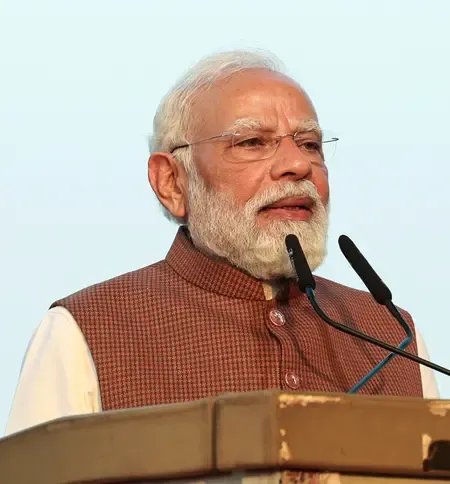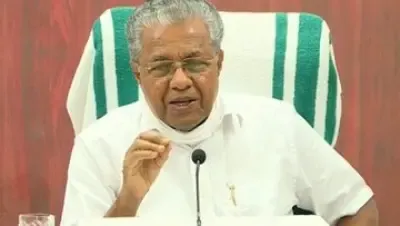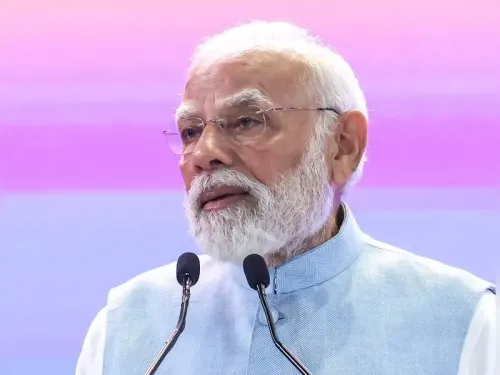Who Will Lead Japan's Ruling LDP? Lawmakers Begin Voting

Synopsis
Key Takeaways
- Five candidates are competing for the LDP leadership.
- The election is prompted by the resignation of Shigeru Ishiba.
- A majority in the first round secures election; otherwise, a runoff is needed.
- Challenges include economic instability and party unity.
- The new leader is likely to be the next prime minister.
Tokyo, Oct 4 (NationPress) Lawmakers from Japan's ruling Liberal Democratic Party (LDP) commenced voting on Saturday to choose a new leader, as five candidates vie to become the next party head and effectively the nation's prime minister.
The candidates include former LDP Secretary-General Toshimitsu Motegi, Chief Cabinet Secretary Yoshimasa Hayashi, Agriculture Minister Shinjiro Koizumi, and former economic security ministers Sanae Takaichi and Takayuki Kobayashi.
Each contender had also participated in last year's election, which featured a record nine candidates.
The initial round of this election was prompted by LDP President Shigeru Ishiba's resignation last month and comprised 590 votes, with 295 from LDP lawmakers and 295 distributed proportionally among rank-and-file party members and registered supporters.
A candidate who secures an outright majority in this first round will be elected; if not, the top two candidates will advance to a runoff.
Once a new president of the LDP is appointed, a parliamentary vote for prime minister will follow.
Despite the ruling coalition not holding a majority in both chambers of parliament, the new leader is likely to become the prime minister, as the LDP remains the largest party, according to reports from Xinhua.
The leadership race was officially launched on September 23, with five candidates announcing their intentions to succeed outgoing party chief and Prime Minister Shigeru Ishiba.
The election will address pressing issues such as collaboration with opposition parties, economic strategies to combat rising prices, and restoring the party's image after recent electoral setbacks and political funding controversies.
Again, a candidate achieving a majority in the first round will be elected; otherwise, a runoff will take place between the top two finishers.
This year's election is set against the backdrop of new challenges for the LDP, with eligible voting members dropping to approximately 915,600—over 140,000 fewer than during the previous election.
The new leader will have to tackle the complexities of minority governance, heal factional rifts, and regain public trust.
While recent polls indicate Shinjiro Koizumi and Sanae Takaichi enjoy significant public support, insiders argue that internal party dynamics and faction support will ultimately be crucial. The votes of those previously loyal to Ishiba could be pivotal in determining the election's outcome.
Regardless of who takes charge, numerous challenges lie ahead. Prolonged economic stagnation, increasing prices, and a steep decline in the yen have heavily impacted the public, while the LDP's twin defeats have subjected its leadership to intense scrutiny.
As the ruling coalition's historical dominance wanes, the forthcoming task is daunting: unifying a fragmented party, managing minority governance, and persuading a skeptical public that the LDP can still deliver stable governance.









